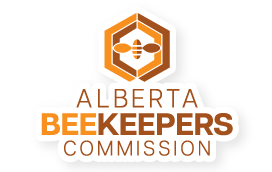Nosema Ceranae and Lotmaria Passim, a dynamic duo

By Courtney Macinnis, Phd Student, Agriculture & Agri-Food Canada And University Of Alberta Notorious Nosema ceranae – what is it and what does it do? Nosema ceranae is a highly specialized fungal parasite capable of causing disease in adult honey bees. Honey bees become infected with N. ceranae by ingesting spores of the parasite, which...



